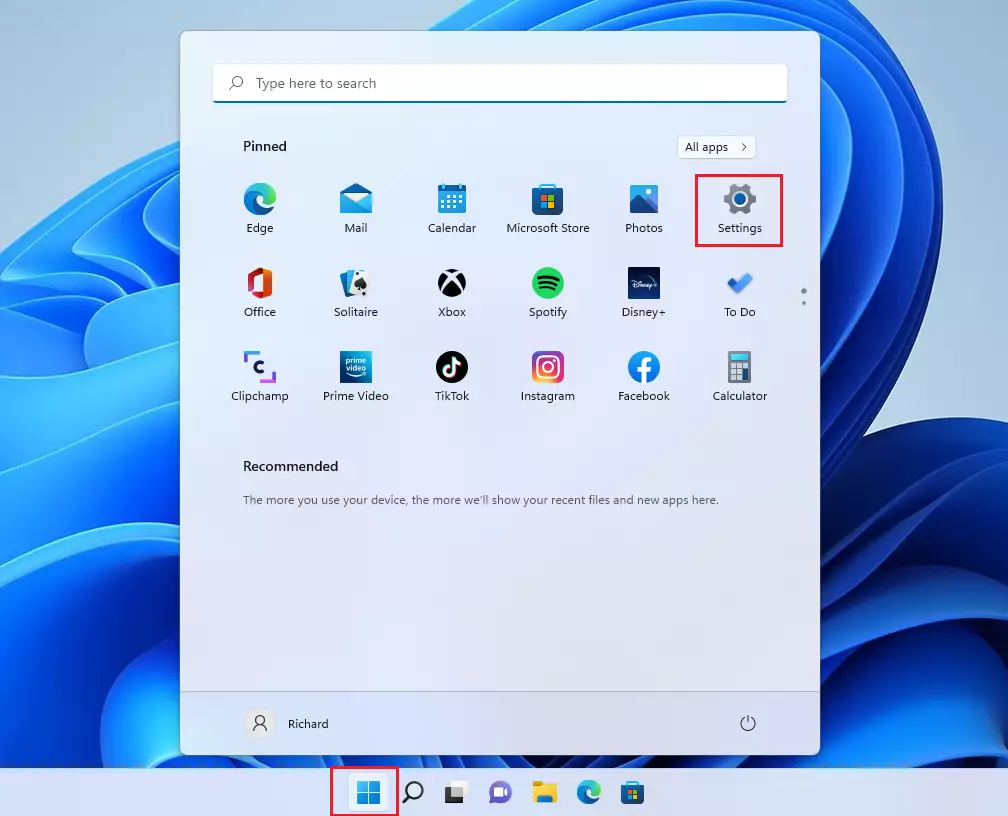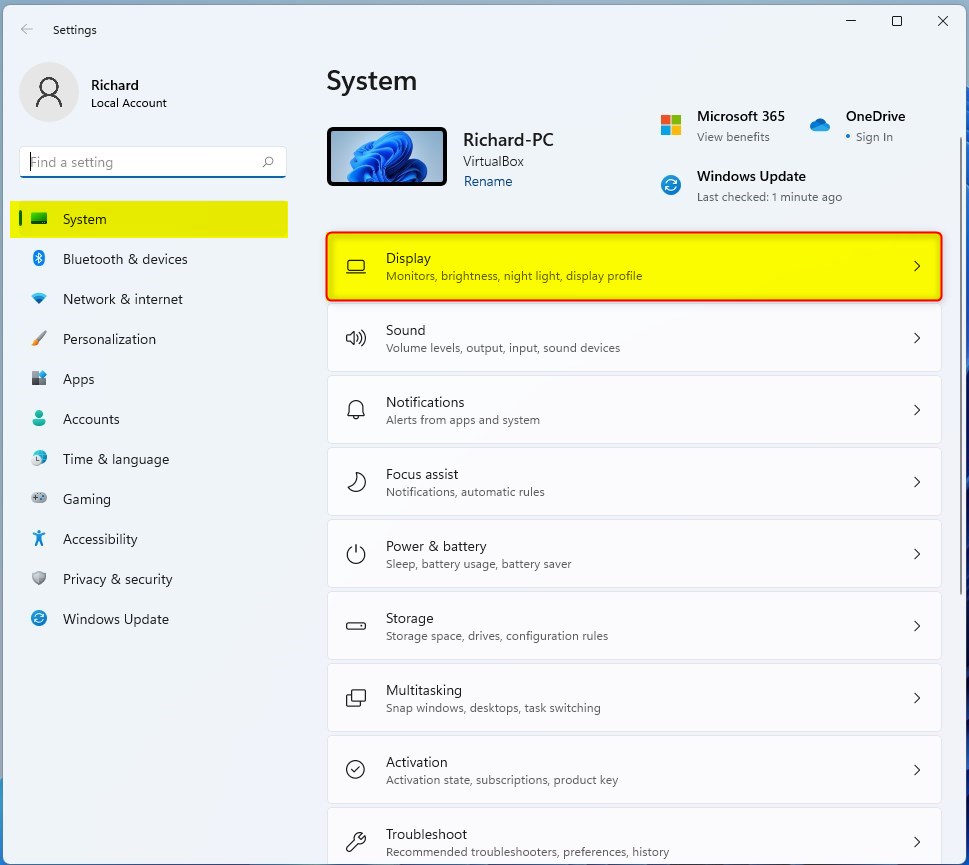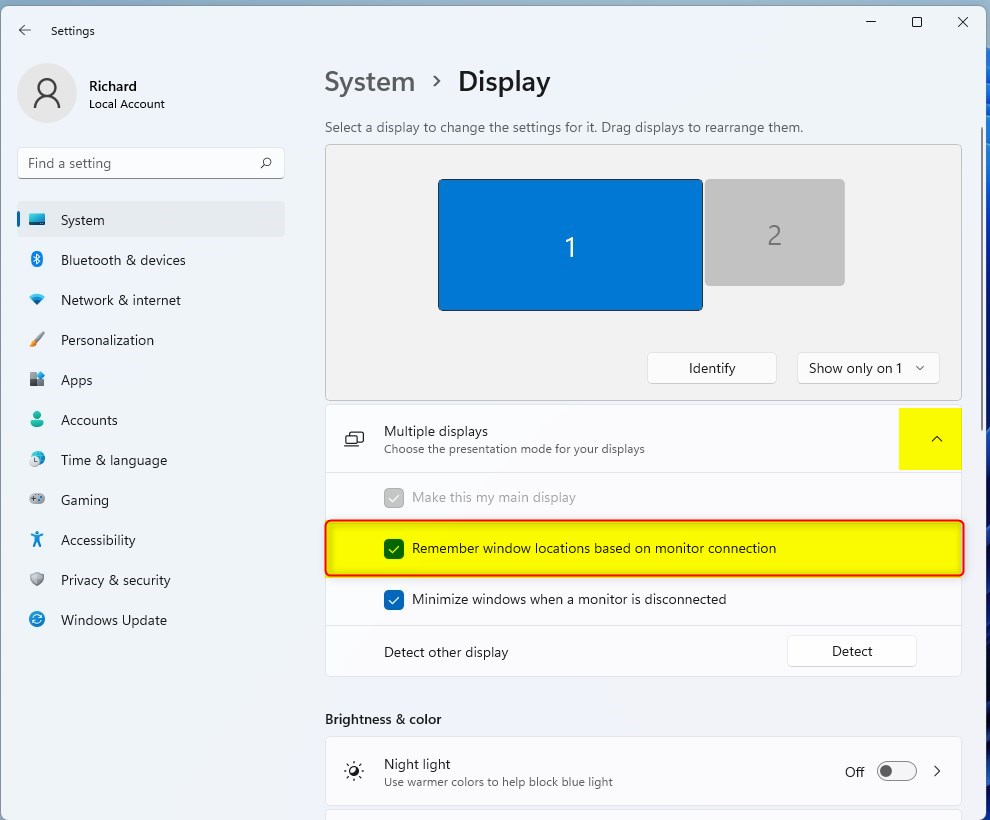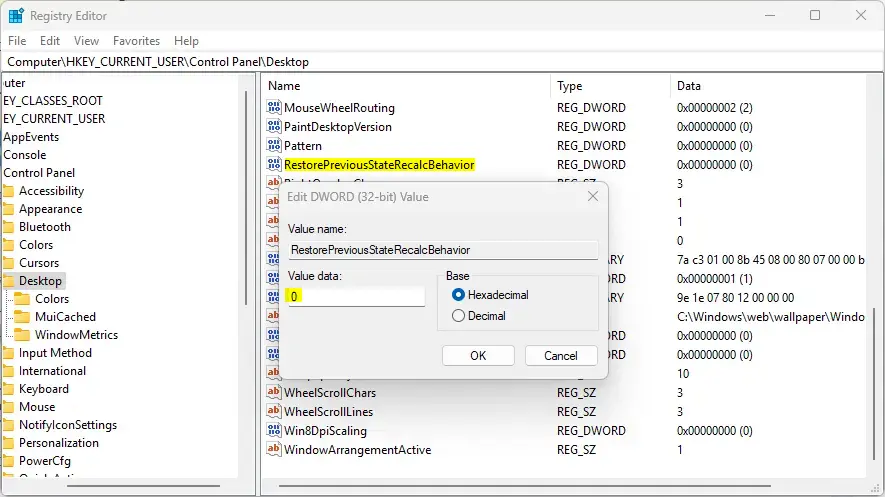This post shows students and new users steps to turn on or off the “Remember window location based on monitor connection” feature in Windows 11.
When you undock your computer, the windows on your external monitor are minimized. When you re-dock your laptop to your monitor, Windows returns everything exactly where you had it before.
This is possible because, by default, Windows will remember window locations based on monitor connection. This feature is turned on by default, and it’s there to help users who frequently connect and disconnect external monitors from their computers.
Enabling the feature to remember window locations based on monitor connection can be helpful for users who frequently connect and disconnect external monitors from their computers.
When you undock your computer, the windows on your external monitor are minimized. When you dock your laptop to your monitor, Windows returns everything exactly where you had it before.
This feature can save time and improve productivity. However, some users may find this feature unnecessary, or it may interfere with their workflow, and in such cases, they may want to turn it off.
How to remember window locations based on monitor connection in Windows 11
As described above, Windows will remember window locations based on monitor connection by default. It helps users who frequently connect and disconnect their display from Windows.
Below is how to enable or disable it.
Windows 11 has a centralized location for the majority of its settings. As a result, everything can be done, from system configurations to creating new users and updating Windows from its System Settings pane.
To get to System Settings, you can use the Windows key + I shortcut or click on Start ==> Settings, as shown in the image below:

Alternatively, you can use the search box on the taskbar and search for Settings. Then select to open it.
Windows Settings pane should look similar to the image below. In Windows Settings, click the Display tile on the right pane, as highlighted in the image below.

On the System> Display settings pane, select Multiple display tile to expand.
Under the expanded Multiple displays tile, check or uncheck the box next to “Remember windows locations based on monitor connection” to enable or disable.

That should do it! You can now close the Windows settings app.
Enable or disable remember window locations based on monitor connection via Registry Editor
Another way to control this behavior is to use the Windows Registry Editor.
First, open Windows Registry Editor.
Then, navigate to the registry key below.
Computer\HKEY_CURRENT_USER\Control Panel\Desktop
Next, double-click the RestorePreviousStateRecalcBehavior (REG_DWORD) name on the Desktop key’s right pane to open it.
Then, enter a value using the table below:
0= Enable the feature to remember window locations based on monitor connection1= Disable remembering window locations based on monitor connection
If you do not see the “RestorePreviousStateRecalcBehavior” item, right-click a blank area and create a new DWORD (32-bit) registry item.
Then, enter the name “RestorePreviousStateRecalcBehavior” and the value you want.

You may have to reboot your computer to apply the changes.
Conclusion:
- Enabling the feature to remember window locations based on monitor connection in Windows 11 can save time and improve productivity, especially for users who frequently connect and disconnect external monitors from their computers.
- However, some users may find this feature unnecessary, or it may interfere with their workflow. In such cases, they may want to disable this feature, which can be easily accomplished through the Windows Settings pane or the Windows Registry Editor.
- The ability to toggle this feature allows users to customize their Windows 11 experience based on their preferences and work requirements.
- Whether enabling or disabling this feature, users can easily follow the provided steps to manage how Windows 11 remembers window locations based on monitor connection, enhancing their overall user experience.

Leave a Reply Cancel reply